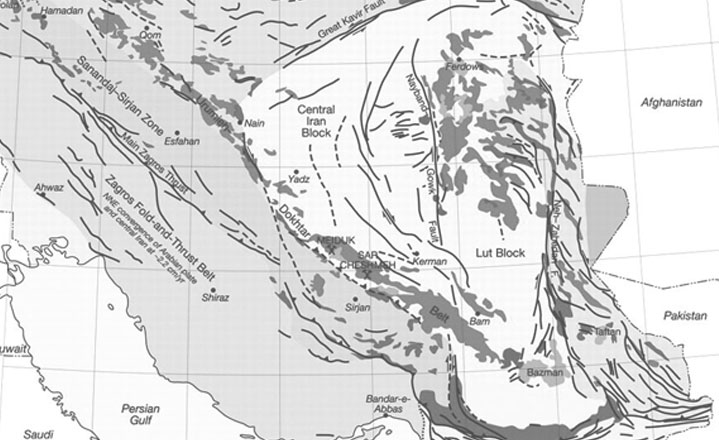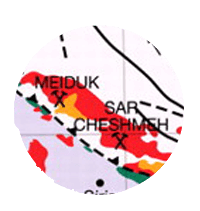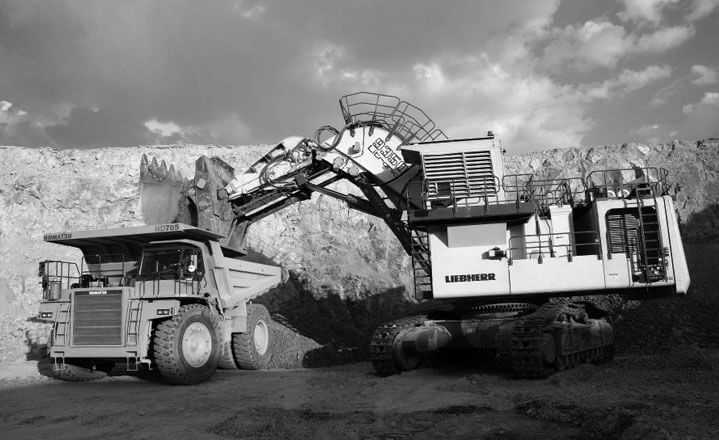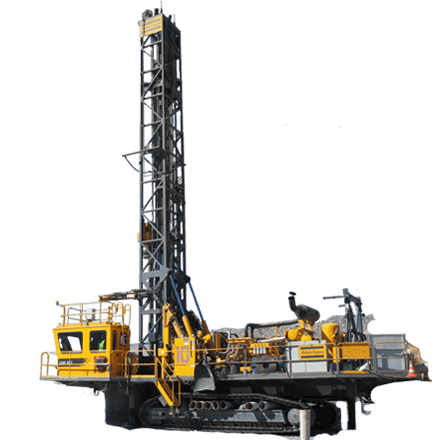Get In Touch
|
Unit No. 1403, 14th Floor, Negin Reza tower, Ashrafi Esfahani Expy, Tehran, Iran. +98 21 4403 1818 +98 21 4406 3628 This email address is being protected from spambots. You need JavaScript enabled to view it. |
The Sangan Fe deposit is located about 18 km NE of Sangan town in Central East Iran (Khorasan Province) and about 500 km NNE of Bafq. The Sangan deposit contains ~500 Mt of high-grade Fe-oxide reserves and is divided into the east, west and central ore bodies. The ore is hosted by carbonates associated with felsic volcanic and intrusive rocks including rhyolite, trachyte, dacite, andesite, granite and monzonite. The granites have a calc-alkaline geochemical signature. The main ore mineral is magnetite with minor hematite, pyrite, chalcopyrite and pyrrhotite. Two types of skarn have been recognised; a Ca-skarn containing garnet, clinopyroxene, calcite, quartz, amphibole, epidote, scapolite and dolomite bearing assemblages and Mg-skarn with forsterite, phlogopite, serpentine, clinochlore, amphibole, talc, magnesite, chlorite, calcite and sulphides (Ebrahimizadeh, 1995). Bagherian Kalat (1996) suggest that the main mineralizing stage is associated with hydrothermal activities that followed the primary stage of skarn development. Giere and Mohammadi (1977) describe the ore body as pipe-like, with signs of an explosive emplacement. Kermani and Forster (1991) proposed that the ore at Sangan crystallised from a Fe-rich magma.(JAMI, 2005)

Wagon drill

View of Sangan mine bench face

Picture of Sangan mine bench face

View of extraction activities by exploration equip

View of Sangan mine















